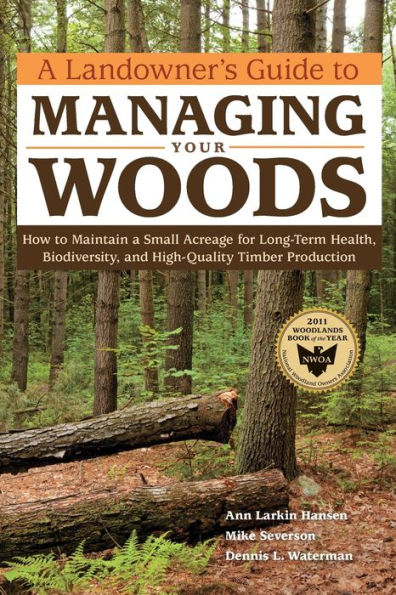5
1

A Landowner's Guide to Managing Your Woods: How to Maintain a Small Acreage for Long-Term Health, Biodiversity, and High-Quality Timber Production
256
A Landowner's Guide to Managing Your Woods: How to Maintain a Small Acreage for Long-Term Health, Biodiversity, and High-Quality Timber Production
256
19.95
In Stock

Product Details
| ISBN-13: | 9781603428002 |
|---|---|
| Publisher: | Storey Publishing, LLC |
| Publication date: | 09/01/2011 |
| Pages: | 256 |
| Sales rank: | 270,968 |
| Product dimensions: | 6.00(w) x 8.90(h) x 0.80(d) |
About the Author
From the B&N Reads Blog
